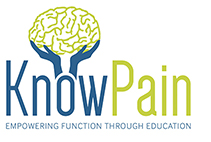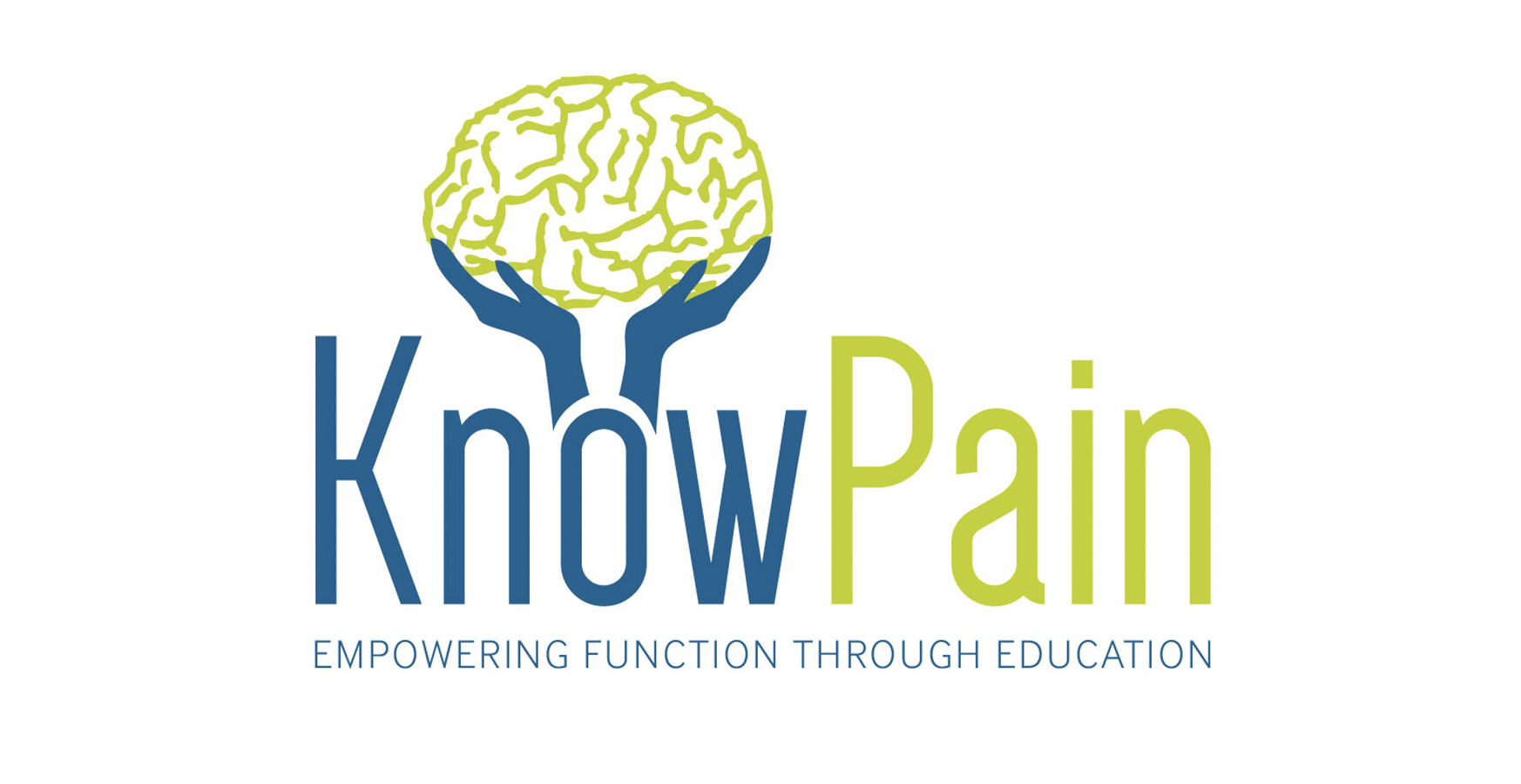Kia ora koutou kata from beautiful New Zealand,
As some of you might be aware, I am currently travelling around NZ in what has affectionally come to be known as the “Painmobile” (see below). For those of you who follow me on Twitter and didn’t know about my travels, this has probably now cleared up why my daily tweet rate has dramatically plummeted.
On route to New Zealand, I spent some time in Singapore and ran a Know Pain workshop at the amazing Khoo Teck Puat hospital. I had a great time with everyone in Singapore and learnt how simple, inexpensive health messages can make such a huge difference to the choices that people make. There is much more blogging to come on this once I’ve returned home!
Know Pain Singapore
So, back to New Zealand and the tale of the amazing paintball miracle….
Whilst travelling in the stunningly remote far north tip of NZ (Cape Reinga), my wife pointed out an article in one of those trashy, holiday magazines. You know, the sort that have headlines like, “My Dog ran up a £5000 bill on my credit card!”. Anyway, in amongst such essential holiday reading, Mrs KP highlighted a moving and somewhat bizarre story about a young girl’s pain journey. Not only does this story confirm how weird and complex pain is, it also highlights how essential it is for healthcare professionals to move beyond pain and develop the necessary psychosocial and facilitational skills to help people move forwards.
Here’s the story…
I loved to dance and did contemporary and jazz four days a week. Then at school a door hit my leg, so I saw the nurse. “You’ll live”, she said. But the next day my left leg was so swollen I could barely walk. My mum took me to A&E.
“It could be fractured”, the doctor said, and sent me home with a moon boot and crutches. Though the pain got worse, a scan came back clear. “Just keep doing physio”, the doctor said. But I was in agony. “What’s wrong with me?” I cried to my mum. “We’ll get to the bottom of it”, she said.
My leg was freezing from the knee down and mottled in colour and the foot was so swollen I couldn’t bear anything touching it. I couldn’t wear long pants, socks, or even have bed covers over me at night. The hair on my left leg stopped growing, as did my toenails.
Then Grandad had a heart attack. I was so worried about him. I also started to hate my left leg and felt really depressed. I longed to dance again but I couldn’t even walk! Finally, we got a call from the hospital. “I think you have CRPS”, said the head of vascular surgery. He explained it was a chronic pain condition that affects the nervous system. The brain tries to protect the injured limb, even when it’s healed, by continuing to send pain signals. It occurs after three things – immobilisation, injury and stress – in my case, Grandad’s heart attack.
I was admitted to hospital and began intense treatment. At one point, I was taking 37 pills a day. “Please just amputate my leg!” I begged the doctor. “You’ll get well, I promise”, he reassured. Then my Grandad got sicker. “You can do this dear – don’t let anyone tell you otherwise”, he said. Then he passed away. He was my inspiration to keep going.
In hospital, part of my treatment was goal setting. School camp was coming up so I signed up for it, even though I was on crutches and used a wheelchair. One of the activities was playing paintball. I’d forgotten to wear the box around my leg to protect it, but decided to play anyway.
“Just aim for the top of my body”, I told everyone. But my friend, accidentally hit me on my left calf. My whole leg went into spasm. “I’m so sorry”, she cried. I was in such agony I couldn’t even reply. But the next week in physio, something amazing happened. I could put my left foot on the ground – I’d not been able to do that in ten months. Then I began walking again! The doctors were amazed. They thought it would take me five years to walk without support.
Mum was away at the time but when she returned, I walked towards her without crutches. “Oh my goodness!”, she cried in relief. “I don’t know what happened”, I said. “But somehow my leg being shot by a paintball got it working again!”
Today, a year after my injury, I am still having physio but I’m dancing again. Now I’m just looking forward to being a teenage girl once more.
After all these years of helping people to make sense of their pain, I am still utterly fascinated by stories like this. So, before I engage the Painmobile’s engine for my forthcoming workshops here in NZ, here’s a list of what we should learn from this case study….
- Pain is weird
- Pain is complex
- Pain demands an explanation
- “Pain” is often the term people use to express a range of emotions.
- Healthcare professionals should seek to offer reassurance, guidance & hope.
- Healthcare professionals must be careful not to strap scary timelines onto people’s recovery.
- We must always remember the power of the forgotten medication – fun & meaningful activities.
- We must develop our ability to support change & empower people to seek challenges. After all, nothing changes if nothing changes!
I hope you’ve found this story helpful. It might make for a useful in-service training with colleagues and I hope it will stir up some discussion on social media!
Finally, I’ve been learning some Maori Proverbs whilst travelling around NZ. Here’s a very apt one in light of this story…
He ra ki tua (Better times are coming)
As always, thanks for reading.
Mike

